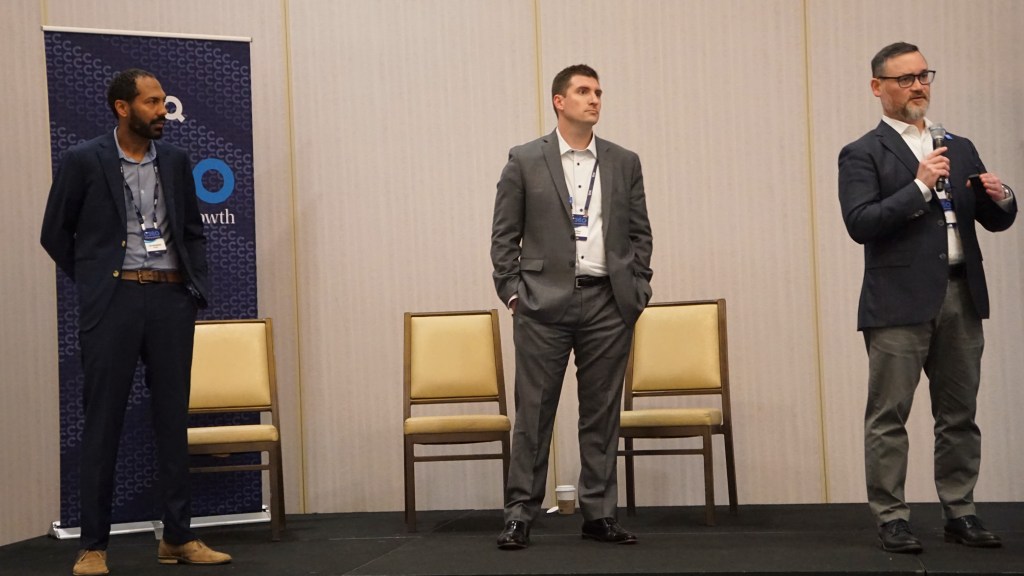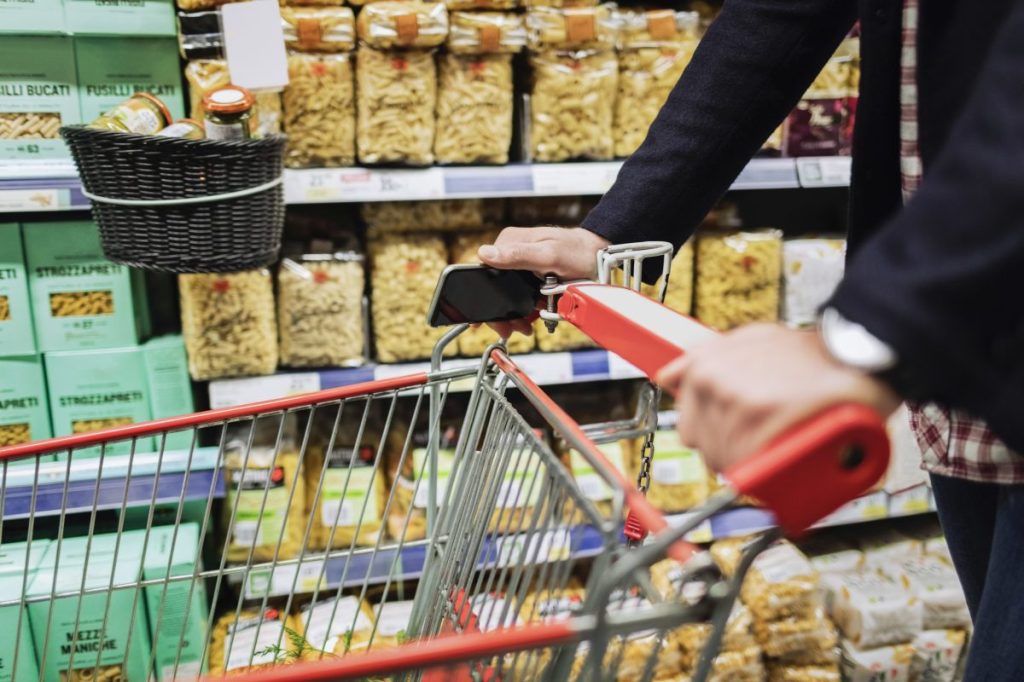California-based supermarket chain Raley’s is taking steps to align its prices to meet fast-changing consumer demands and cope with inflationary pressures, said Chris Pecot, Senior Director, Merchandising Operations, Raley’s, during a session at NIQ’s C360 Conference.
In a panel session titled “Setting the Right Retail Pricing Strategy in Uncertain Times,” he shared insights about how his company has applied data-driven pricing strategies with the level of awareness and subtlety that present market forces require.

Scott Yamada, SVP Retail Analytics North America, NIQ
“It has put a lot of pressure on us,” Pecot said. “Our shoppers are split between brick and mortar versus online.”
He continued, “Our online shoppers are more loyal, and they buy bigger baskets. We need to be able to price to meet both of their need states. That is very important to us.”
Headquartered in West Sacramento, CA, Raley’s Supermarkets operates 122 locations across California and Nevada under banners that include Raley’s, Raley’s ONE Market, Bel Air, and Nob Hill Foods.
Raley’s meets shopper tactics with retail pricing
Pecot says Raley’s sees evidence in the data that some shoppers are altering their shopping tactics due to present budget concerns. That may include buying smaller pack sizes of some items, switching to private label options or shopping in more stores to stretch their budgets. “It’s no secret that grocery is losing share to value [dollar stores] and mass. We want to make sure our shopper perceives value and has a superior customer experience.”
More than ever, supermarket retailers need data-driven pricing strategies to succeed in the face of disruptions in supply, rising cost of goods, and changing shopping habits, said Scott Yamada, SVP of Retail Analytics, NIQ. He offered a clear-eyed assessment of the headwinds presently challenging grocery shoppers and how retailer decision making is impacted.
“Consumer pain is evident in three key metrics,” he said. “They have less confidence, higher expenses due to inflation and more credit card debt. These are creating ongoing pressure on consumer resources.”
Budget pressures persist despite slowing CPI
Yamada shared consumer confidence index reporting as of April. “It’s just above flat, declining 2.7 points in the last month. Obviously, that’s not a great outcome in terms of how consumers are feeling about the economy.”
He observed that food budget pressure remains high for shoppers even as overall increases in the consumer price index (CPI) have recently moderated. “You may have seen some news around inflation easing. And while that’s true, if you strip out the energy savings that have occurred, really all those savings have been in energy costs. Food prices are still going up at a rate of about 7.7%.”
The data shows, he added, “What cost $100 in 2019 cost $136 in 2022.”
Shoppers are also negatively affected by a 14 percent rise in credit card debt over the past year, which siphons dollars from their household pantries, he said.
Shopper behaviors are changing due to these pressures. Among their responses are shifts to lower-priced and private label brands, smaller pack sizes, and choice of shopping channels. They are also eating more meals at home since restaurant prices have also increased significantly.
“Inflation is actually going up faster in restaurant food prices than it is in retail,” said Yamada. “There’s a bit of an interesting trend there, but I think from a retail perspective, it says you are still actively competing with the restaurant channel.”
Merchandising tactics at Raley’s stress both value and convenience
Pecot said published data about rising restaurant service costs led Raley’s to an insight into its ability to deliver sharp pricing on meals for its shoppers.
“One of the programs that we launched was a meal solution, ‘Dinners Under 20 Dollars,’ to try to get all the products in a complete meal solution in one place.” Raley’s marketed the program by e-mail, text, and in its print ads to make a splash with consumers.
Arthur Dmitruk, VP of Retail Analytics, NIQ observed what he called “a nice little buzz term starting to leak out, which is the ‘great reprioritization’ by consumers.”
“We’re starting to see some key KPIs that are outpacing total CPG growth,” he said. “Private label is leading the switch to value. It is an easy way for consumers to trade down.”
With consumers more budget conscious, he observed, “It’s important for retailers to be able to think through how shoppers’ trade-down strategies and value-seeking behaviors can be met directly as well as in partnership with suppliers.”
Preventing leakage of shopping trips to alternative channels like dollar stores remains a key concern for Raleys, he said. “Customers tell us they want everyday essentials. We have been working with the loyalty team to attract them with steep discounts on some of the same items they bought elsewhere.” His reasoning: “Some margin is better than no margin.”
Pecot offered some advice to retailers concerned with maintaining shopper trust when prices increase: “Explain the ‘why’ where you can. Think, for example, about what happened earlier this year with eggs. We reminded our shoppers they were still a local value and that we’ll always do our best for them.”





